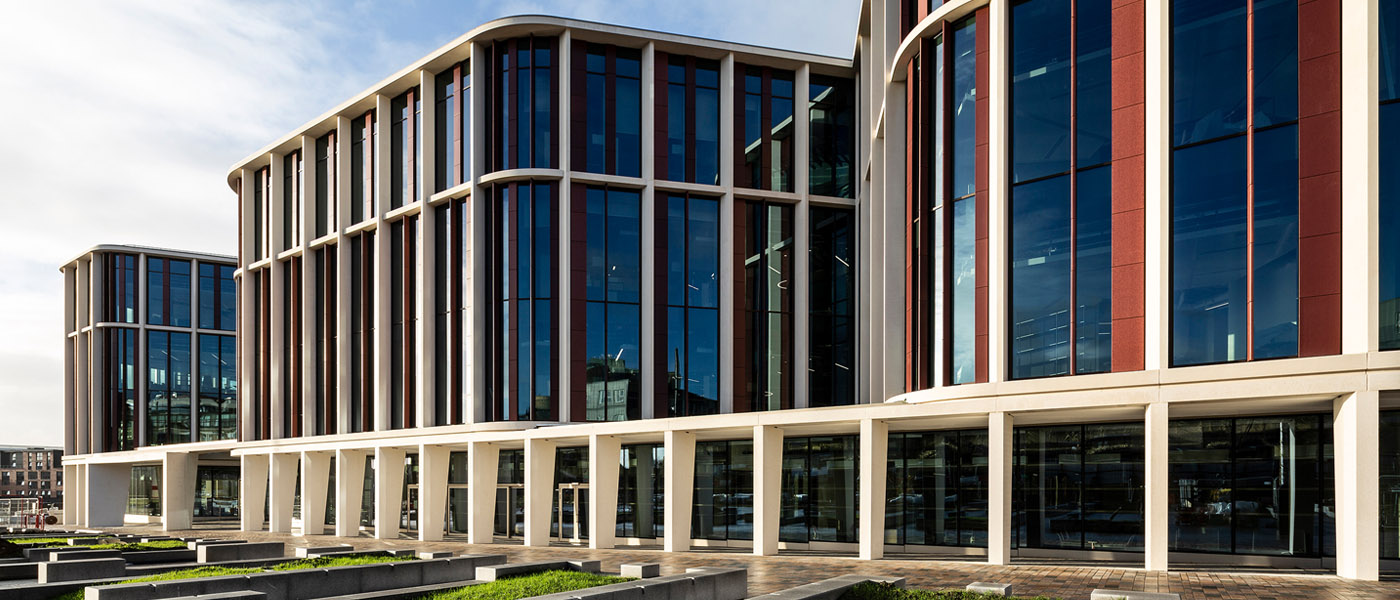First researchers move into the ARC

UofG has welcomed the first researchers into its pioneering flagship research facility, the ARC (Advanced Research Centre).
The £116 million, 16,000m² building will house a collaborative community of academics from across a range of disciplines and will be fully operational from spring this year.
The ARC is designed to bring together researchers in an environment that encourages collaboration and cross-pollination of ideas. By bringing people together in new ways, the building will encourage the exploration of crossdisciplinary concepts, as well as fostering innovation with external and industry partners.
Over the next few months more than 500 researchers, technicians and professional staff will move into the ARC.
The first group moving in will work on developing world-changing technologies in the field of Digital Chemistry, and is led by Professor Lee Cronin, Regius Chair of Chemistry. The ARC provides a purpose-built space for the development of Digital Chemistry at the University, housing cutting-edge equipment and allowing the 60-strong group to be co-located for the first time.
“This is a huge milestone for us as a research group,” says Professor Cronin. “It is fantastic that we will be in one space for the first time, but the opportunity of the ARC is more than that. We will be sharing space with colleagues from different research areas, meeting people with new ideas and interests. This will lead to new conversations that would never have happened before, and what comes from those conversations is the exciting bit.”
Professor Andrew Tobin is director of the ARC: “Through the ARC we are attempting something disruptive and hugely exciting, an evolution in how we operate as a research-intensive University. Once the building is fully operational we will have a diverse range of disciplines sharing one space; the potential cannot be over-estimated. Beyond that we have also created new spaces to support colleagues across the campus to realise their research, innovation and engagement ambitions, spaces which can support creativity, conferences, networking and collaboration.”
This article was first published March 2022.

